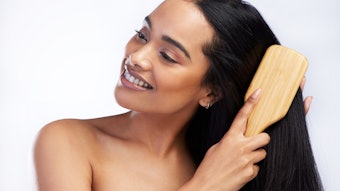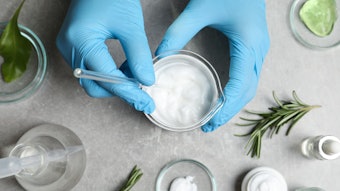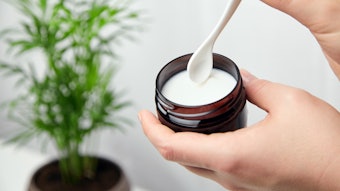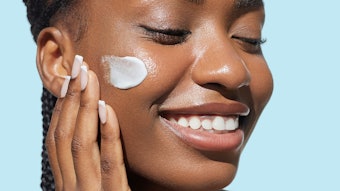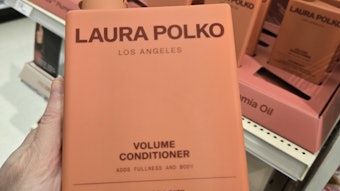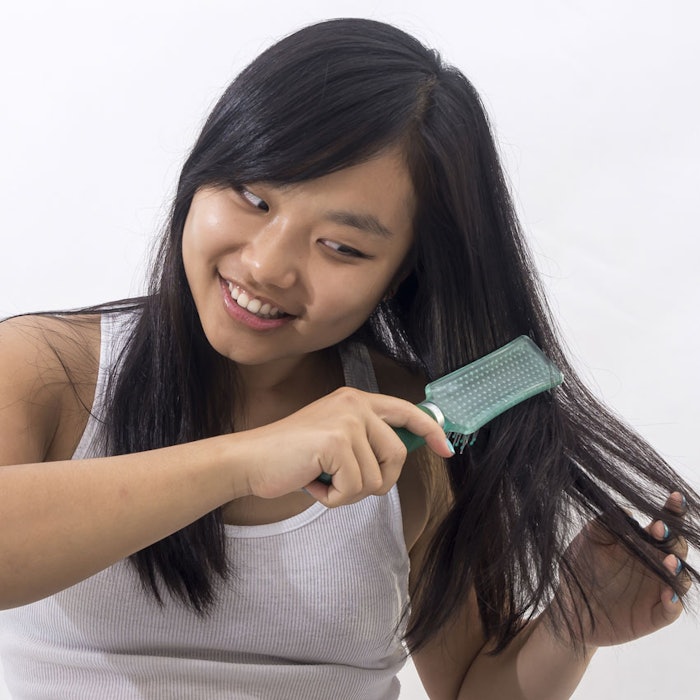
According to Kao inventors, the right combination of chemistry and mechanical straightening can yield semi-permanent hair straightening effects. For example, it was recently discovered carboxylic acids having a carbonyl group adjacent to the carboxy group, such as glyoxylic acid, and that are known buffering agents in cosmetics may semi-permanently straighten hair when paired with mechanical straighteners.
In relation, previous patents describe semi-permanent straightening by applying an α-keto acid composition to hair for 15 to 120 min, then drying and straightening hair with an iron at temperatures of 200 ± 50°C. Or, semi-permanent straightening by applying a solution of glyoxylic acid to hair and straightening it with an iron at temperatures of 200 ± 30°C. After treatment, the hair is said to retain its shape for at least six consecutive washes.
However, these inventions require straightening irons. The present invention therefore describes the use of α-keto acid without the need for a styling iron. Instead, mechanical tension and hot air flow are employed.
Semi-permanent hair straightening
European Patent EP3046631
Publication date: June 7, 2017
Assignee: Kao Corp.
As noted, this invention relates to a process for semi-permanently straightening hair, comprising: a) application of a hair straightening composition having a pH of 4 or less and comprising at least one carboxylic acid and/or a hydrate thereof and/or a salt thereof onto the hair (additional details are provided in the disclosure); b) leaving the composition on hair for 1 min to 120 min; c) optionally, rinsing the hair; d) drying the hair under conditions of mechanical tension and hot air flow, so that the temperature on hair is 60-140°C; and e) optionally, rinsing and/or shampooing hair.




